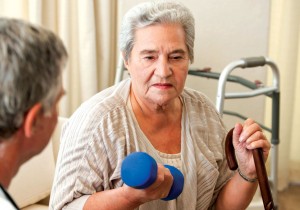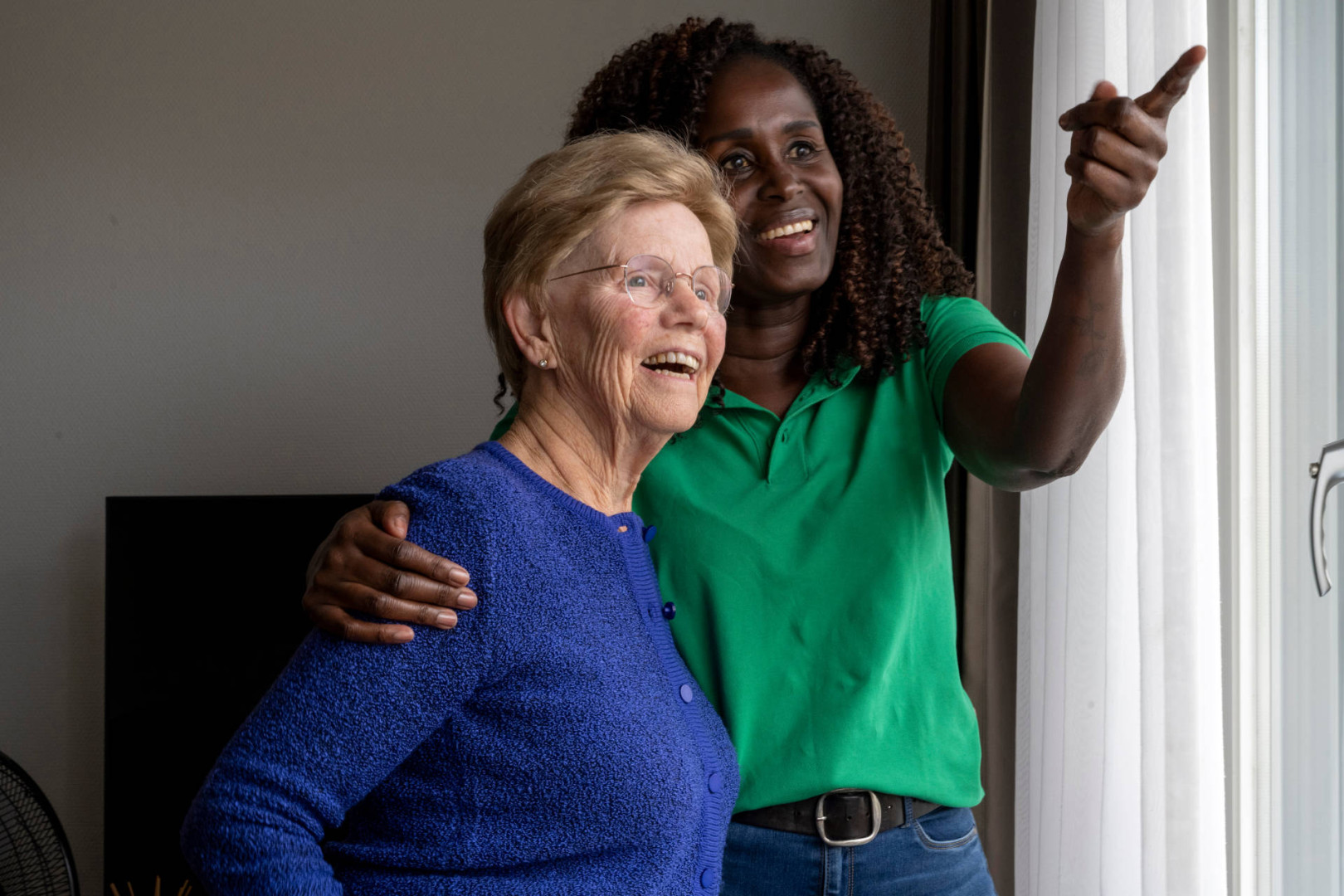Having good posture minimizes stress on your back by keeping your muscles and bones in their natural positions as well as making your movements more fluid and efficient. Poor posture, on the other hand, can create a variety of health problems. It can impede breathing, blood circulation, digestion, organ functions and overall alertness. Slouching creates 10 to 15 times extra pressure on the spinal cord. It can generate neck pain, headaches and limited joint movement. Problems may even result in the legs and feet.
Here are 8 helpful tips to keep you standing tall at any age.
Open up
Now that many of us spend our days hunched in front of a computer, “it's very important for us to be able to stretch and open up and improve our range of motion,” says Jonathan F. Bean, MD, MS, MPH, an assistant professor in the department of physical medicine and rehabilitation at Harvard Medical School in Boston.
Easy exercises
To stay limber, try to get up for a couple minutes every half hour and stretch, walk, or stand. Try this exercise: Lie down on the floor and make slow "snow angels" with your arms for two or three minutes.
For an extra challenge, roll up a towel and put it on the floor underneath your spine. Many gyms have half foam rollers—a tube cut in half lengthwise—that you can use for even more of a stretch. Do these stretches slowly and stop if you feel anything more than mild discomfort or pain, says Dr. Bean.
Sit straight
When you do have to work at a desk, “sitting up with good, tall posture and your shoulders dropped is a good habit to get into,” says Rebecca Seguin, PhD, an exercise physiologist and nutritionist in Seattle. This can take some getting used to; exercise disciplines that focus on body awareness, such as Pilates and yoga, can help you to stay sitting straight, Seguin says. Make sure your workstation is set up to promote proper posture.
Strengthen your core
Pilates and yoga are great ways to build up the strength of your "core"—the muscles of your abdomen and pelvic area. These muscles form the foundation of good posture, and a strong core can have many other benefits, from improving your athletic performance to preventing urinary incontinence.
Support your spine
After menopause, women may have more weakening in the muscles around the spine than aging men do, Dr. Bean says. Exercises targeting the back extensors, neck flexors, pelvic muscles, and side muscles are crucial. Trainers at gyms can help; there are even special machines that target these muscles. Endurance in the spine and trunk muscle groups is important too, according to Dr. Bean; "that's what allows us to stand up for long periods of time without our back hurting us."
Lift weights
The vertebral compression fractures that subtract from our height—and can lead to the "dowager's hump" in the upper back that's a hallmark of old age—are due to the bone-thinning disease osteoporosis. We can prevent these changes with weight-bearing exercises, like walking, stair climbing, and weight lifting. "People who walk regularly through their whole lives tend to have better bone density than sedentary people," Seguin explains.
Vitamins and Minerals
A healthy diet is essential for providing strong bones and muscles that allow for ideal posture. In particular for bone health, getting the optimal daily dosage of Vitamin D and calcium is essential.
The recommended dietary intake for vitamin D is 600 IU a day for women up to age 70 and 800 IU for women older than 70. For calcium, Women 19 to 50 years old should take 1,000 milligrams daily. Women over 50 should take 1,200 milligrams.
Consider medication
Your doctor will be able to tell you whether you need a bone mineral density scan to detect osteopenia or osteoporosis. Although Seguin says that activities like progressive resistance training can halt or reverse bone loss in some cases, medications may also help. These include bisphosphonates like Boniva, Reclast, and Fosamax. (Although safe, such drugs can increase the risk of rare fractures.) Hormone-based medications that can help build bone density include Evista (raloxifene), calcitonin, and parathyroid hormone.
by Anne Harding, www.health.com
http://www.health.com/health/gallery/0,,20446224,00.html















